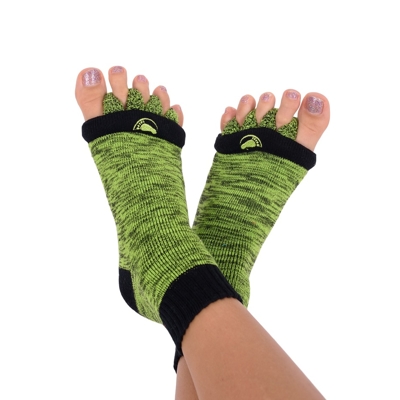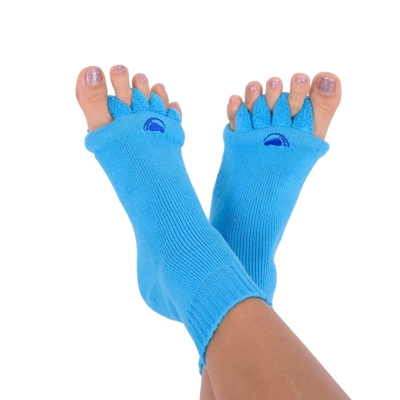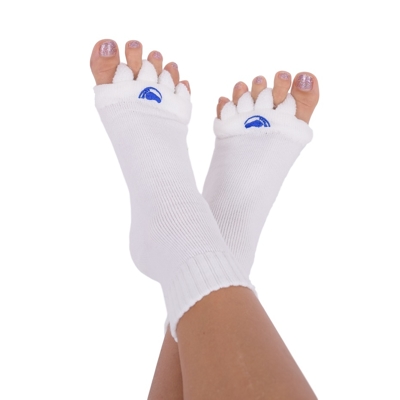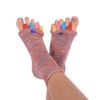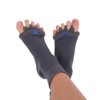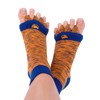7 reasons to trade your heels in for comfortable shoes
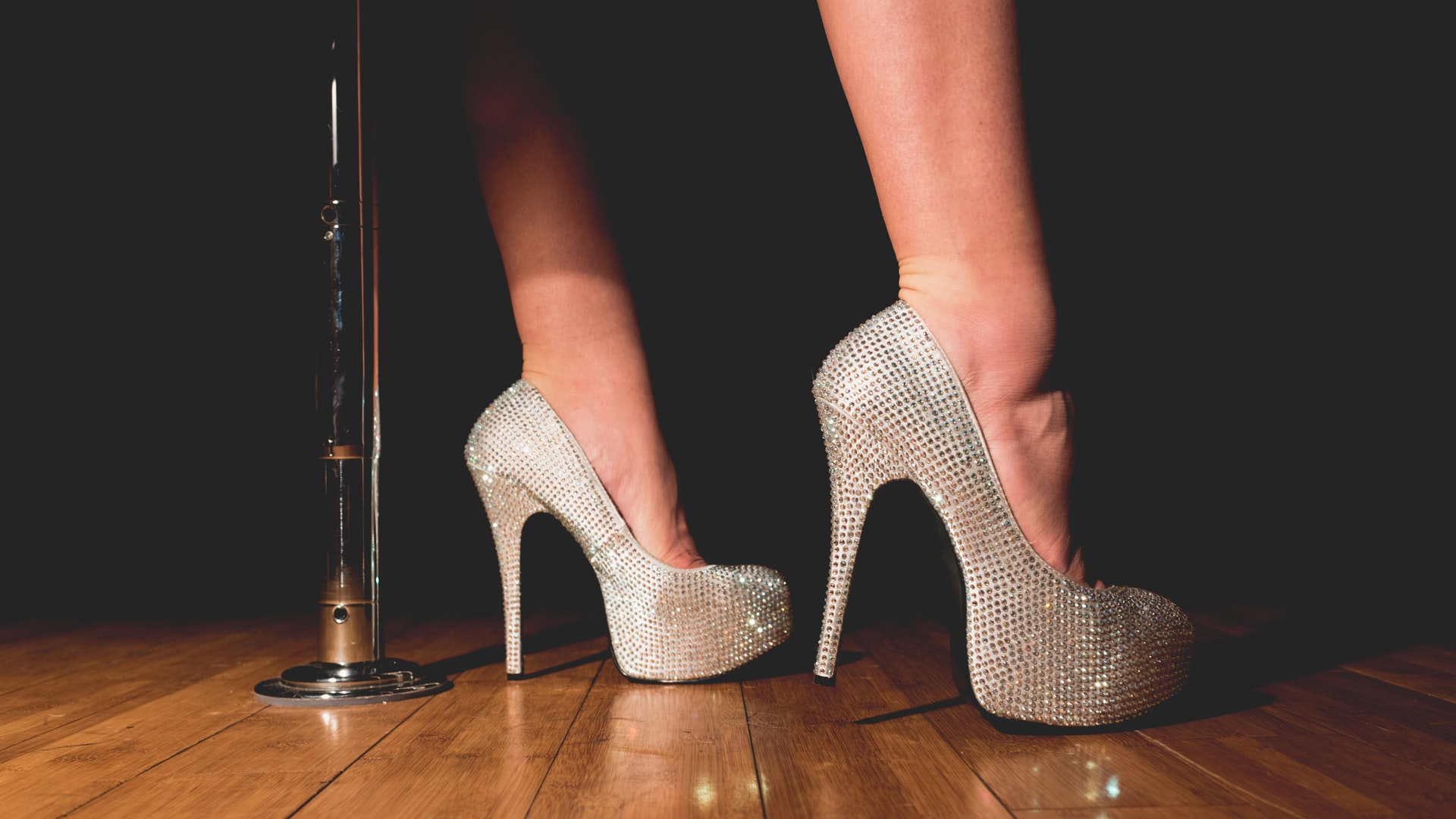
Today, heeled shoes of various heights are a fashion trend commonly available in almost every shoe store around the world. And unfortunately, they are not only for adults, because even children's shoes often have a raised heel. Let's take a look at 7 basic reasons why you should (at least sometimes) wear comfortable shoes instead of heels.
Heels and more heels
There are all kinds of heels – low, high, wedge, needle, massive or even “sculptural heels”, which can be any shape whatsoever, sometimes bordering on the bizarre. Such creations are championed by the likes of the extravagant singer Lady Gaga. Some fashion concepts are more works of art, but not for everyone's taste. Shoes are something we need to like.
Did you know it's not just about your feet?
Even though they are shoes, think about what they mean for your body. Your entire body, not just your feet, because the way we walk affects our posture and the way our body moves. So what kind of effect do heels have on our gait? A detailed examination of this would be fit for a dissertation. But we can basically sum it up in the following 7 points.
1) Instability and risk of injury
When wearing heels, the foot becomes unstable because of its position. As we step, we are less able to react to surface changes, which increases the risk of injury. But the foot is also threatened by instability over the long term. If you wear heels often and regularly, the unnatural position will cause excessive stress on the ligaments of the lower leg and foot, making you more likely to take “a bad step” even when not wearing heels.
2) Soft tissue overload
The load on the foot when wearing heels is not natural. It shifts to the area of the metatarsal heads, i.e. to the transverse arch. This primarily irritates the bone structures, but gradually the soft tissue also becomes overloaded. This causes unpleasant feelings of pain and over the long term often results in transverse flat feet, which brings an array of other problems like bruising, tingling, Morton's neuralgia, etc. It can be said that a direct relationship applies here. The higher the heel, the greater the load on the metatarsal heads (especially 1 and 2) and thus the greater discomfort, pain or burning.
3 Shortening of muscles and tendons
When wearing heeled shoes, the Achilles tendon and calf muscles shorten. This is the logical result of the position of the foot in plantar flexion, i.e. the position when the heel is higher than the forefoot. If this position is not compensated for by regular stretching, after some time the shortening of muscles and tendons is unavoidable. Naturally, this reduces the functional ability of the calf muscles and Achilles tendons.
4 Risk of hammer toes
Another consequence of regularly wearing heels is a shortening of the toe extensors. These are the muscles that lead from the top side of the toes along the instep to the lower leg. In heeled shoes, toes are constantly bent upwards, which shortens them. One must keep this in mind and stretch the muscles. The toe position is basically the same as when you are squatting on your tiptoes. The weight is on your toes and the rest of the foot is raised. A shortening of the extensors leads to a muscle imbalance, which can be considered the starting point for a loss of foot function and the possible formation of hammer toes.

5 Wearing of joint cartilage
Another risk related to wearing heels is osteoarthritis of the leg and knee joints. The improper loading and overloading of the leg and knee joints lead to wear of the articular cartilage. You will usually feel this after wearing heeled shoes for several years. In extreme cases, this can also result in the replacement of a knee joint.
6 Poor body posture
Heels affect the general body posture. The heels themselves don't represent a problem. The problem is when they are worn regularly over a long period of time. When standing on heels, the body's center of gravity changes and the musculoskeletal system must respond to this. Lumbar lordosis increases, the pelvis tilts forward and the chest and head also react to these incorrect positions. If this happens once, it is not a problem for the body. However, if this is a daily phenomenon, the entire musculoskeletal system will clearly not be spared.
7 Bunions
Last but not least, the frequent wearing of heeled shoes can lead to hallux valgus, i.e. bunions. In most cases, heeled shoes are narrower in the front, which mechanically pushes the big toe off its axis and prevents the foot from functioning properly in a natural position.
Heels also have their upside
To be fair – there is also one positive effect from wearing heels, specifically narrow heels taller than 7 cm. If you imagine standing in such shoes, you have to keep your legs straight to avoid your ankles from falling inwards, so your foot is forced to correctly load the outer edges of the heel. In most people wearing regular shoes without any special correction, the opposite tends to occur, leading to the improper load of the heel bone and a chain of other dysfunctions.
What if you don't have a choice?
Does your dress code at work prevent you from wearing anything but heels? Or you don't want to give them up for other reasons? The most important thing is to be aware of all the negative effects that wearing heels has on our body and to respond accordingly.
Is there any way to prevent the issues described above? To a certain degree, certainly yes – compensation exercises, stretching, targeted physiotherapy or aids that help lessen the impact of wearing inappropriate shoes. The Original Foot Alignment Socks are one such aid. By wearing them regularly, you can relieve the stress in your feet and legs and improve their overall health and condition.



